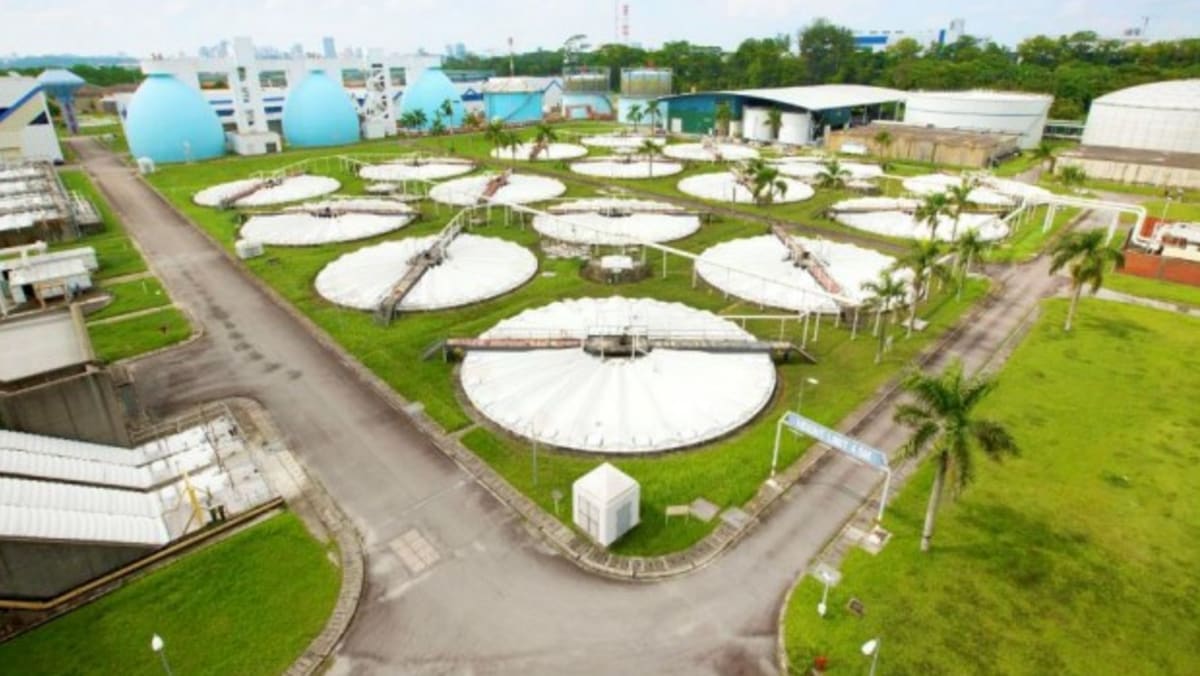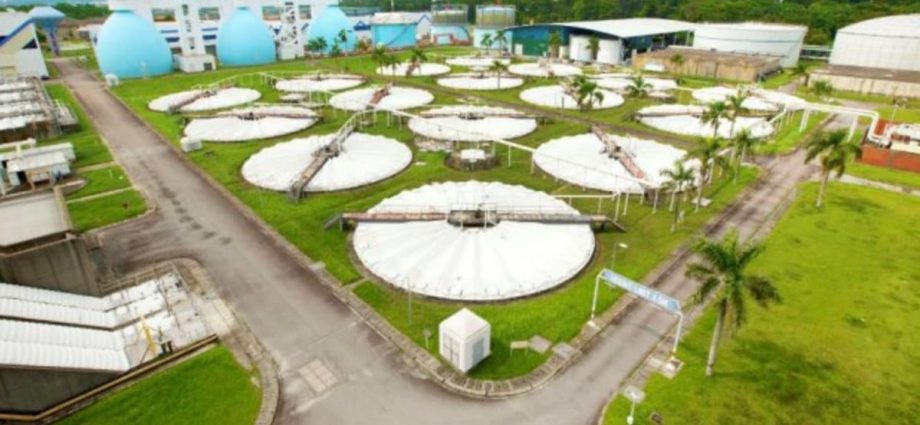
SINGAPORE: Kranji Water Reclamation Plant and Kranji NEWater Factory will be redeveloped by around 2035 to meet Singapore’s projected increase in water consumption.
Announcing the plan on Thursday (Mar 2) alongside other measures, Minister for Sustainability and the Environment Grace Fu said during the Committee of Supply debate that the preliminary design of the Kranji facilities will start this year.
Singapore consumes about 440 million gallons of water per day currently, but the amount is expected to almost double by 2065.
Kranji Water Reclamation Plant was constructed in the 1980s and serves developments in the north, such as Woodlands, Sungei Kadut and Choa Chu Kang. The plant treats used water for further reclamation at Kranji NEWater factory to provide NEWater or for discharge to the sea.
The redevelopment of both facilities will cater to an expected increase in used water to be collected and treated due to upcoming major residential and industrial developments in the north, such as Tengah and the Sungei Kadut Eco-District.
The new plant will have a membrane bioreactor – a combination of conventional bioreactors, secondary sedimentation tanks and filtration into one single step, according to the Ministry of Sustainability and the Environment (MSE) and water agency PUB in a joint media release.
The technology uses a smaller footprint than conventional treatment, while producing a higher quality effluent that can cut short the existing NEWater treatment process.
It will also adopt thermal hydrolysis process technology, which improves sludge management for disposal and increases the biogas for energy recovery.
The plant will be connected to the Deep Tunnel Sewerage System, completing Singapore’s three-node system for water reclamation, with Changi Water Reclamation Plant in the east and Tuas Water Reclamation Plant in the west.
The sewerage system is currently under construction in phases, with phase 1 – conveying used water from the eastern part of Singapore to Changi Water Reclamation Plant – completed.
PUB said it is “making good progress” on phase 2, which will serve the western part of Singapore. Tunnelling works are expected to finish by the second half of this year.

